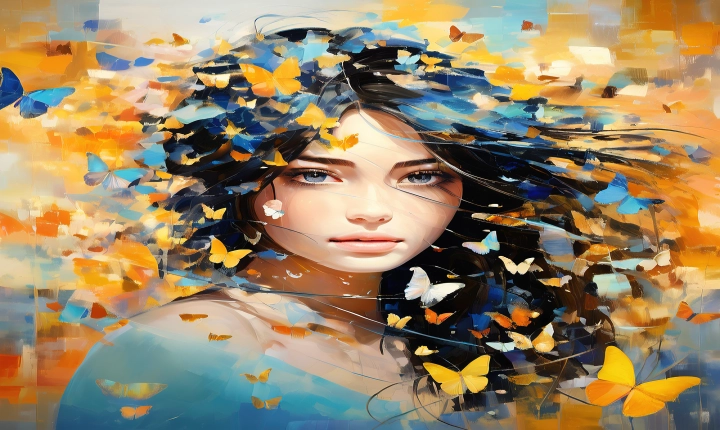Title: Is AI Art Getting Better?
Artificial intelligence has been making significant strides in various fields, and the realm of art is no exception. With advancements in machine learning and deep learning algorithms, AI has been able to create stunning visual art pieces that rival those produced by human artists. The question arises: is AI art getting better?
The evolution of AI art has been remarkable, with early experiments producing rather crude and simplistic creations. However, as technology has improved, so has the quality of AI-generated art. AI algorithms are now capable of creating lifelike portraits, intricate patterns, and abstract compositions that demonstrate a level of creativity and complexity previously thought to be exclusive to human artists.
One of the key factors driving the improvement in AI art is the availability of vast amounts of data. AI systems can analyze and learn from a wide range of artistic styles, techniques, and aesthetics, allowing them to mimic and even innovate upon human artistic expressions. This ability to draw inspiration from an extensive database of artwork has contributed to the refinement of AI-generated art.
Another driving force behind the advancement of AI art is the development of generative adversarial networks (GANs). GANs enable AI to generate images and artwork by pitting two neural networks against each other – one creating art and the other critiquing it. This process of refinement and feedback has enabled AI to produce more sophisticated and visually captivating art pieces.
Despite these technological advancements, the debate over whether AI art is truly getting better remains ongoing. Critics argue that AI-generated art lacks the emotional depth, intuition, and storytelling abilities that are inherent to human creativity. They contend that the art produced by AI lacks the personal experiences, cultural influences, and originality that make human art so compelling.
Proponents of AI art, on the other hand, argue that the increasing sophistication of AI algorithms and the fusion of art with technology have opened up new possibilities for creative expression. They highlight the potential for AI to collaborate with human artists, augmenting their creativity and expanding the boundaries of what is possible in art.
Ultimately, the improvement of AI-generated art is a subjective matter. While AI algorithms continue to produce visually stunning and thought-provoking art pieces, the question of whether AI art is truly getting better remains contingent on individual perspectives and preferences. Furthermore, the emphasis should not solely be on whether AI art is rivalling human creativity, but rather on how AI can complement and enhance the creative process.
As AI technologies continue to evolve, so too will the realm of AI art. The convergence of artificial intelligence and artistic expression holds promise for new forms of creativity and innovation. It may not be about AI art surpassing human art, but rather about the unique opportunities that emerge when AI and human creativity intersect.
In conclusion, the trajectory of AI art is undeniably one of ongoing improvement. With advancements in machine learning, data accessibility, and the development of sophisticated algorithms, AI-generated art continues to reach new heights. While the debate on the authenticity and emotional depth of AI art persists, the potential for AI to augment and innovate artistic expression is a compelling prospect for the future of art.
